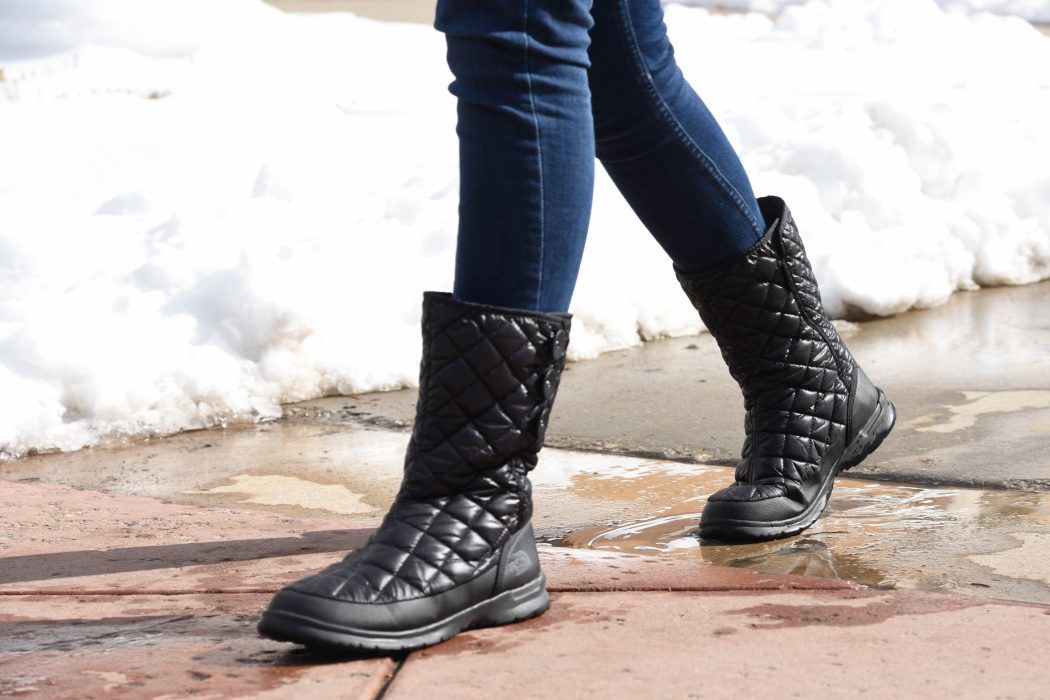200 percent more precipitation could mean flooding for Northern Utah
Current weather patterns could lead to major flooding in Northern Utah this spring.
Despite seeing small floods and sewage backup in Logan over the past few weeks, the risk of major flooding in Northern Utah has yet to pass.
Over the past three months, Northern Utah received 200 percent more precipitation than normal. Much of that precipitation has already melted from the lower elevation areas but Utah State University hydrologist David Tarboton said that unless the snow starts to melt at higher elevations soon, Northern Utah could see major flooding this spring.
“The average snow in April at Tony Grove is 35 inches,” Tarboton said. “Right now we’ve just hit that but it’s still going to keep snowing.”
The Logan River is already flowing above its usual levels because of snowmelt at lower elevations on the mountains. Tarboton warned that if the Logan River were to overflow, houses and roads in lower elevation areas of Logan would flood.
National Weather Service meteorologist Randy Graham said he cannot accurately predict how much more precipitation Northern Utah will see but there is definitely a serious risk that if Utah gets more precipitation, it could lead to floods in the spring.
“Right now it could go either way,” Graham said. “If we keep adding snow to the snowpack we could see major flooding.”
Cache County Environmental Analysis Manager Jim Harps reported the Cache County sewer system had exceeded capacity on Feb. 10. If the sewer system were to receive another major flood of water, sewage could start spilling over into the streets.
“If a manhole were to overflow, the raw sewage would end up in people’s basements, which would be bad,” Harps said.
Utah State University’s Utah Water Research Laboratory also expressed serious concerns about flooding in Cache and other northern counties.
“If it is snow followed by rain, especially if the rain is as intense as it was a week ago, we may again see localized flooding and flooding in rivers draining low lying areas as we experienced last week,” Tarboton said. “However, what happened last week was rain on top of about 2 feet of snow in the valley, so before we had as much local flooding as we did last week, it would need that much snow to build up before the rain.”
— shaniehoward214@gmail.com
@HowardShanie
Photo by Chantelle McCall

